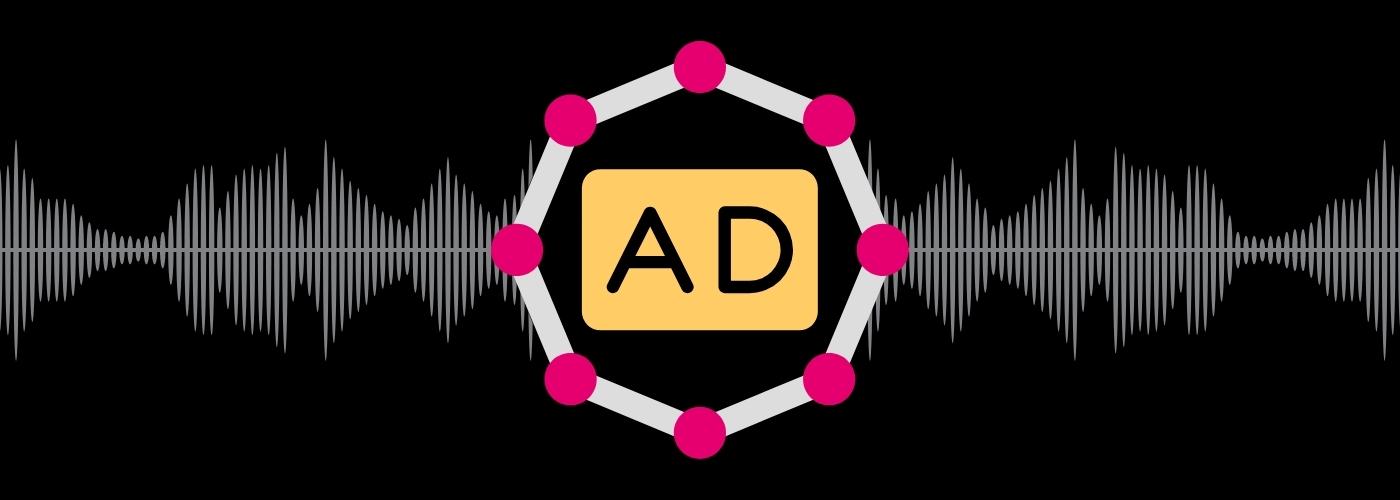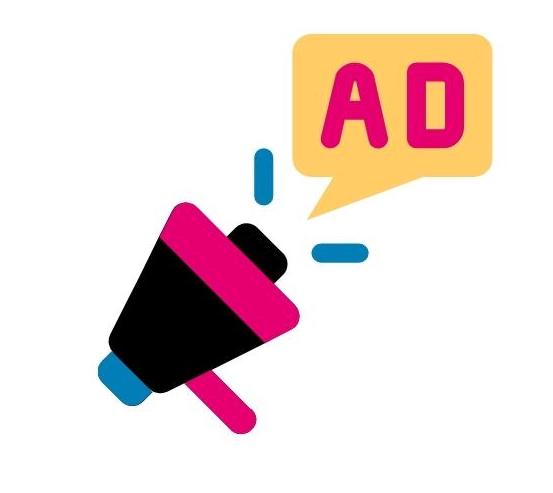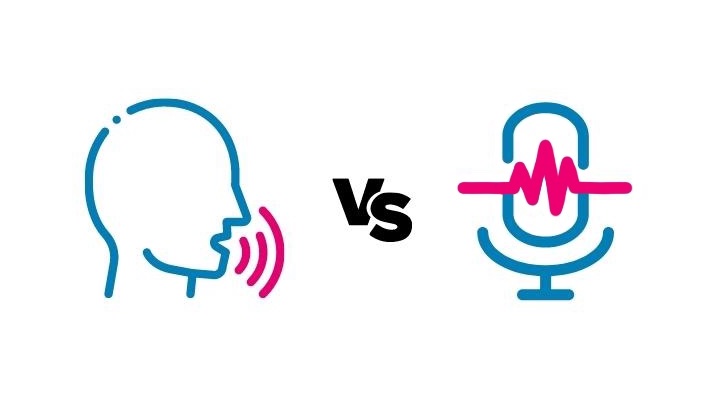Audio Description Quality: Best Practices and Legal Standards
Updated: June 23, 2022
How the ADA Impacts Video Accessibility [Free eBook]
Video is everywhere. It’s on our TVs, computers, smartphones, tablets, and even some smart refrigerators. But have you ever wondered how blind and low vision viewers access video content? To fully enjoy all the movies, TV shows, and other video content we so much love to watch, people with vision loss rely on audio description (AD) to access the visual elements of a video. Unfortunately, the quality of AD varies significantly among its providers. And so do consumer preferences on what visual information should be described, in how much detail, and how the descriptions should be voiced.
Not surprisingly, then, while several U.S. laws require AD, none of them currently impose minimum quality standards on AD providers. This could, however, change in the near future. The U.S. Federal Communications Commission (FCC) — the country’s leading AD regulator — recently hosted an AD forum, in which the public was specifically invited to weigh in on AD quality, among other topics. The discussion generated a diverse range of insightful comments on the subject, reaffirming that viewers who depend on AD remain deeply divided on preferability of human narrators over text-to-speech voices. Therefore, it is possible that the FCC will initiate rulemaking proceedings in the near future to examine what AD quality standards, if any, should be adopted.
In this post, I will discuss best practices for high quality AD and will share my thoughts on whether legal AD quality standards are on the way. I will focus primarily on the ongoing contentious debate over human vs. synthetic AD.
But first, let’s define audio description, clarify how it works, and briefly explain how it is regulated in the United States.
A beginner’s guide to Audio Description 🎧
What is Audio Description?
Audio description (also referred to as “description” or “video description”) is the verbal depiction of key visual elements – such as the action, settings, facial expressions, costumes, and scene changes – in media and live productions. It is primarily an accommodation that allows blind and low vision viewers to gain a complete understanding of the live or pre-recorded program, so that every viewer can maintain the same level of situational awareness.
Now, let’s explore the various available types of audio description.
Standard vs. Extended Audio Description
Do you need standard or extended audio description? Standard AD inserts verbal narrations of the visual elements of a video into natural pauses of the described content, such as gaps in a film’s dialogue. Standard AD is ideal for videos with long pauses between meaningful auditory cues or that do not contain speech at all. Describers add concise descriptions of visual elements where space allows.
Unlike standard AD, extended AD is not constrained to natural pauses in the video. Instead, it allows the video to be paused, as needed, to make room for the description. Extended description is preferable over standard description when a video contains significant visual content, but few natural pauses to squeeze in meaningful descriptions without pausing the video. It’s an ideal accommodation for blind and low vision students taking cinema classes, in which they must analyze artistic effects of lighting, camera movements/angles, and other visual characteristics of specific scenes that standard description could never capture adequately.
Standard AD is more popular and more widely used than extended AD, because standard AD does not interrupt the video stream – it’s also easier and cheaper to implement than extended description.
Human vs. Synthetic Audio Description
Human description occurs when the description is voiced by a human narrator. Synthetic description is voiced by text-to-speech software. Each type has its pros and cons.
Audio description in other countries 🌎
How is Audio Description Legally Regulated in the United States?
Various U.S. laws require audio description. The Twenty-First Century Communications and Video Accessibility Act (CVAA) implemented FCC audio description regulations that require top broadcast and nonbroadcast networks to provide at least 87.5 hours of audio-described TV programming each calendar quarter. They also require cable, satellite, and telecommunications providers to pass on AD to their subscribers whenever the networks offer it. Finally, video playback and recording equipment must decode and pass through AD.
AD is also required in movie theaters under the Americans with Disabilities Act (ADA) by the U.S. Department of Justice (DOJ). Under DOJ regulations, theaters must make AD available to blind and low vision patrons upon request whenever they show a digital movie that is distributed with AD.
Finally, the ADA along with Sections 504 and 508 of the Rehabilitation Act broadly require AD as an auxiliary aid that is necessary to communicate effectively with blind and low vision individuals through video content.
Quality of Audio Description
Audio description is a subtle art that requires a creative approach to describing video content. Describers must constantly decide what should be described, what is not important enough to be described, and how to describe visual content accurately, objectively, and concisely.
How Much Visual Content Should Be Described?
The answer is not as clear as you might think. Some blind and low vision people are so dependent on AD that they will not even try to watch a video if they know that it has not been described. Others are more patient and adventurous, willing to make the effort to determine how much information they can gather from dialogue, sound effects, and other auditory clues. Generally speaking, however, most blind and low vision viewers appreciate at least some description – therefore, when in doubt, always add AD to your videos.
Choosing Between Human and Synthetic Audio Description
You will always need a professional audio describer to watch your videos and write descriptions for them. Even in the age of machine learning and artificial intelligence, there is no software that is capable of analyzing a video, determining what visual elements should be described and which ones need not be, and creating meaningful descriptions. However, you still have choices as to how AD will be read to your viewers.
If you ask around for people’s preferences, you will learn that human AD is typically preferred for videos whose purpose is to entertain, while synthetic AD may be more suitable in academic and professional settings. In the last AD forum, Amazon admitted that despite the substantially lower cost of providing synthetic AD, synthetic AD is no replacement for human AD, so human narration remains its preference. Nonetheless, the company is experimenting with synthetic AD to determine how best to supplement the human experience.
The American Council of the Blind (ACB) also generally favors human narration over synthetic AD. The organization observed that synthetic AD quality is lacking and that sound isn’t always edited. The ACB also complained about the prevalence of so-called “audio ducking” – lowering the volume of the video’s audio while AD is playing – which disrupts the viewing experience.
One ACB panelist, however, recognized that synthetic audio may be appropriate in some non-entertainment settings, such as professional training videos. In education and work environments where efficiency is essential, synthetic description designed with customization in mind can still offer viewers the ability to change AD voices, as well as adjust the speed, pitch, and volume of AD independent of all other audio, as desired.
Are Legal Quality Requirements for AD on the Horizon?
The FCC is currently revisiting its regulations implementing several accessibility laws under its jurisdiction, including closed captioning customization requirements and compatibility of video conferencing platforms with telecommunications relay services for people with hearing and speech disabilities. With that in mind, it is likely only a matter of time before the FCC revisits audio description requirements as well.
Whether the FCC will ever seriously pursue establishing legally binding AD quality standards, however, remains unclear. Its AD forum earlier this year definitely constituted a step in that direction, however small it may be. But even if the FCC were to propose minimum AD quality standards, it would very likely face a significant uphill battle to reach a compromise between media producers, programming distributors, and consumer advocates on mandatory and optional AD quality measures.
Meanwhile, we continue to live in a world where legal AD requirements exist without specifying what steps providers must take to ensure that its quality is acceptable to all who benefit from it.
About this guest author
Michal Nowicki is a telecom, technology, and digital accessibility attorney at Marashlian & Donahue, PLLC, The CommLaw Group. He has a strong personal interest in accessibility and a life-long passion for audio description. Even well before joining the CommLaw Group, Mr. Nowicki worked closely with Comcast and DirecTV to ensure that both companies comply with the FCC’s audio description regulations. More recently, he submitted public comments to the FCC on how its AD rules have been implemented, hoping that the FCC will expand its AD requirements to cover video-on-demand programming and TV broadcasts delivered online. He also provided a highly interactive, in-depth overview of AD requirements under U.S. laws at the 2021 Jacobus tenBroek Disability Law Symposium.
Learn more about digital accessibility:
Further Reading

Subscribe to the Blog Digest
Sign up to receive our blog digest and other information on this topic. You can unsubscribe anytime.
By subscribing you agree to our privacy policy.








